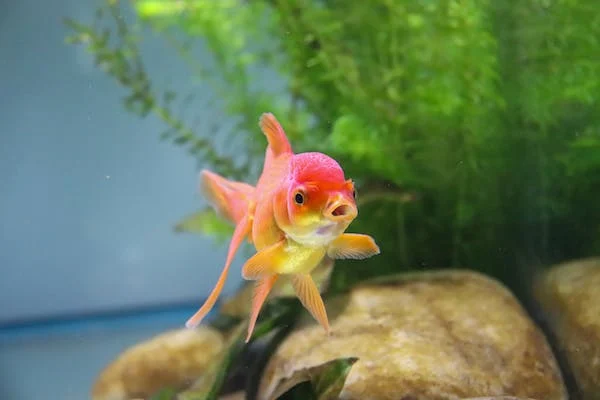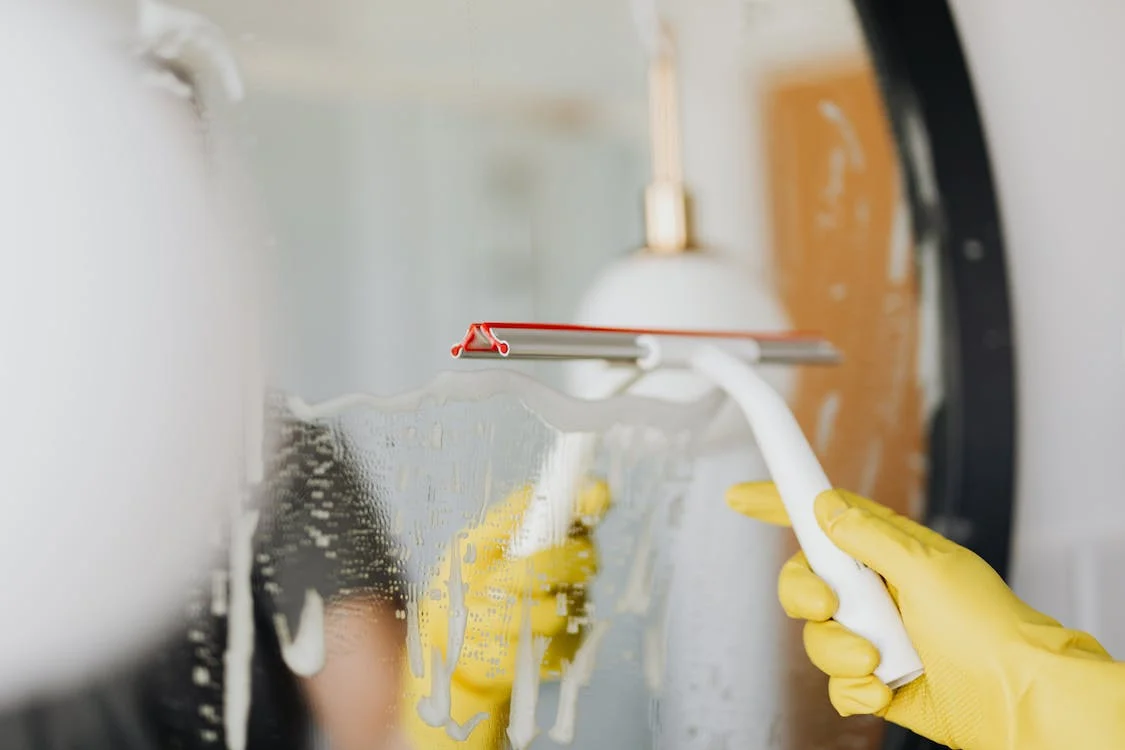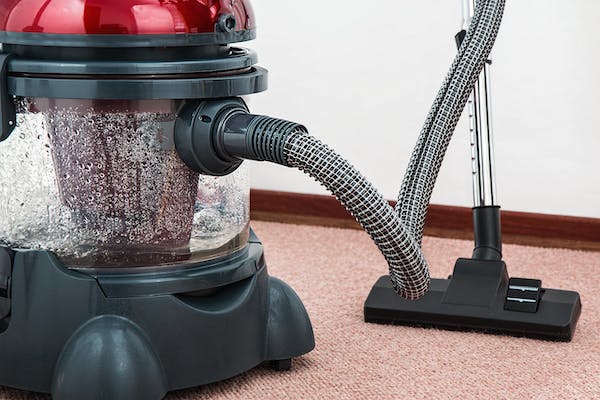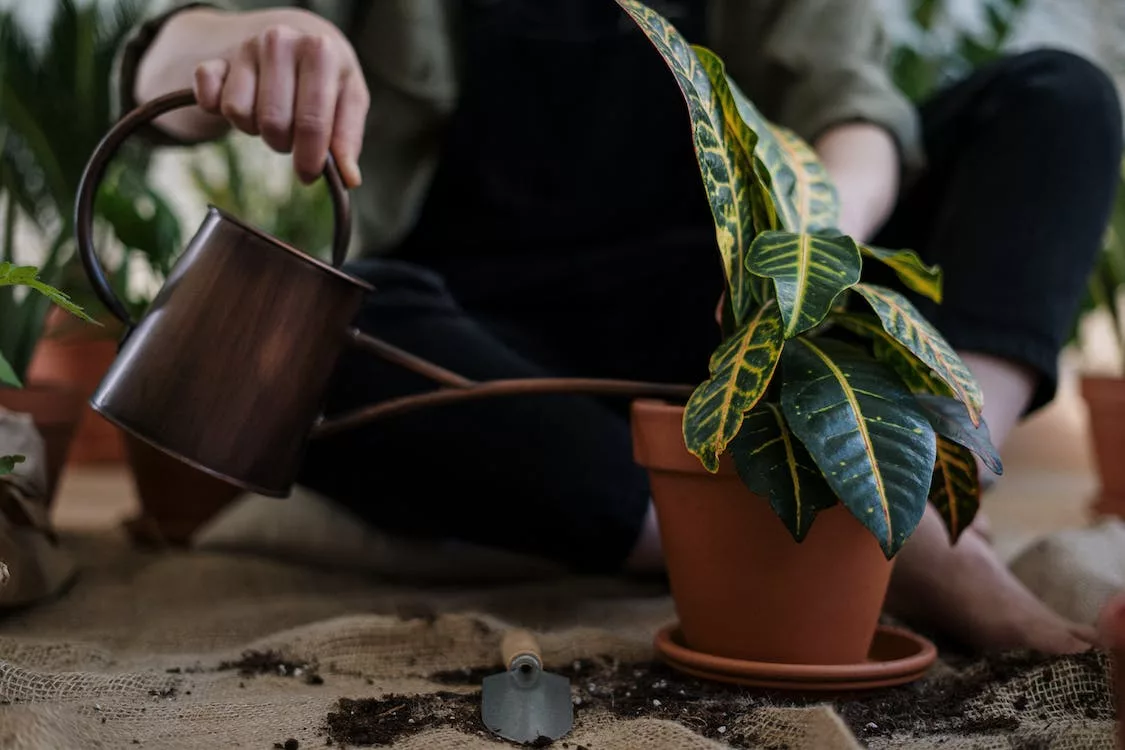Fishkeeping is a hobby that has captivated humans for centuries. The tranquility of watching colorful fish glide through the water can be incredibly therapeutic. While most of us are familiar with common aquarium dwellers like goldfish, bettas, and neon tetras, there’s a whole universe of unique and unusual pet fish species waiting to be discovered.
In this article, we’ll take you on a journey through the lesser-known but utterly fascinating world of pet fish. From fish that resemble living gemstones to those with intriguing behaviors, you’ll be amazed at the diversity and beauty that exists beneath the water’s surface.
1. The Electric Blue Acara (Andinoacara pulcher)
Imagine having an electric blue gem swimming in your aquarium. The Electric Blue Acara is a stunning freshwater fish known for its vibrant and almost iridescent blue coloration. Native to South America, these fish are relatively peaceful, making them suitable for community tanks. Their striking appearance and docile nature have made them a sought-after addition to aquariums around the world.
Electric Blue Acaras typically grow to a size of around 6-7 inches (15-18 cm) and prefer well-maintained tanks with plenty of hiding spots. Providing them with a balanced diet and clean water will help them thrive and maintain their vivid blue hue. Keep in mind that they can be sensitive to water parameters, so regular water testing is essential to ensure their health.
2. The Axolotl (Ambystoma mexicanum)
For those who want a truly unique and unusual aquatic pet, the axolotl fits the bill perfectly. Often referred to as the “Mexican walking fish,” axolotls are not fish at all but rather a type of salamander that retains its aquatic larval form throughout its life. What sets them apart is their bizarre appearance, featuring feathery external gills and a perpetual smile on their faces.
Axolotls are native to the ancient waterways of Mexico and have become popular in the aquarium hobby due to their distinctive charm. They come in various colors, including wild-type, leucistic, albino, and melanoid, allowing you to choose the one that appeals to you most.
One fascinating aspect of axolotl care is their ability to regenerate lost body parts. If an axolotl loses a limb, it can regrow it with astonishing precision, making them the subject of scientific research on tissue regeneration. However, to provide them with the best care, you’ll need a spacious tank with cool water, around 60-70°F (15-21°C), and a soft substrate to prevent injury to their delicate skin.
3. The Peacock Gudgeon (Tateurndina ocellicauda)
For those looking for a smaller and less conventional aquarium fish, the Peacock Gudgeon is an excellent choice. Hailing from Papua New Guinea, these fish are incredibly colorful and exhibit distinct sexual dimorphism. Males sport vibrant iridescent patterns and longer fins, while females are more subdued in coloration.
Peacock Gudgeons are known for their playful and sometimes quirky behavior. They often dart around the tank and engage in courtship displays, making them an entertaining addition to any community aquarium. These fish are relatively small, reaching around 2-3 inches (5-8 cm) in length, making them suitable for smaller tanks.
To keep Peacock Gudgeons happy, provide them with a well-planted aquarium with plenty of hiding spots. They are peaceful fish but can become territorial during breeding, so it’s best to keep them in pairs or small groups. Offering a varied diet, including high-quality pellets and live or frozen foods, will ensure their health and vibrant colors.
4. The African Butterflyfish (Pantodon buchholzi)
If you’re searching for an unusual fish with a distinctive appearance, the African Butterflyfish is a top contender. This remarkable fish, native to the slow-moving waters of West and Central Africa, has a unique adaptation that sets it apart from most aquarium species – its pectoral fins are elongated and resemble butterfly wings.
African Butterflyfish are surface-dwellers and spend much of their time near the water’s top, where they patiently wait for prey to approach. They have a predatory nature and are known for their ability to leap out of the water to catch flying insects, a behavior that adds to their allure.
To provide suitable care for African Butterflyfish, set up an aquarium with a tightly fitting lid to prevent escapes. They prefer slow-flowing water and plenty of floating plants to mimic their natural habitat. Their diet should consist of both live and frozen foods to meet their dietary needs.
5. The Dragonfish (Gobioides broussonnetii)
The Dragonfish, also known as the Violet Goby or Dragon Goby, is a truly exotic and enigmatic addition to the aquarium world. Native to brackish and freshwater habitats in Central and South America, these fish are characterized by their elongated bodies, eel-like appearance, and vibrant violet or lavender coloration.
One of the most striking features of Dragonfish is their long, finger-like pectoral fins, which they use to sift through sand in search of food. They are peaceful by nature and can make excellent tankmates for other peaceful species, as long as their tankmates are not small enough to be considered a snack.
To keep Dragonfish happy, maintain a well-established brackish or freshwater tank with sandy substrate and caves for hiding. They are opportunistic feeders and will accept a variety of sinking pellets and live or frozen foods.
6. The Celestial Pearl Danio (Celestichthys margaritatus)
For those who adore the beauty of celestial bodies, the Celestial Pearl Danio is like a tiny, living constellation in your aquarium. Native to Southeast Asia, particularly Myanmar, these small fish have garnered attention for their mesmerizing appearance, featuring iridescent spots resembling stars on a celestial background.
Despite their diminutive size, Celestial Pearl Danios are full of character. They are peaceful and thrive in groups, making them ideal for community tanks. To showcase their true beauty, provide them with a well-planted aquarium and gentle water flow.
Maintaining water quality is crucial for the health of Celestial Pearl Danios, so regular water changes and monitoring of water parameters are essential. Their diet should consist of high-quality flake foods, freeze-dried or frozen options, and occasional live or frozen treats.
7. The Glass Catfish (Kryptopterus vitreolus)
If transparency is your idea of uniqueness, then the Glass Catfish might be the perfect addition to your aquarium. Originating from Southeast Asia, these fish are aptly named for their transparent bodies, which allow you to see their internal organs and skeletal structure, including their swim bladder and spine.
Glass Catfish are shoaling species and feel most comfortable when kept in groups of at least five or more. They are generally peaceful but can become skittish if kept alone or in small numbers. Providing them with plenty of hiding spots and a gentle water flow will help reduce stress.
When it comes to feeding, Glass Catfish are primarily carnivorous and appreciate live or frozen foods like bloodworms and brine shrimp. However, they will also accept high-quality pellets and flakes.
8. The Indian Leaf Fish (Nandus nandus)
The Indian Leaf Fish, also known as the Indian Leaffish or Leaffish, is an unusual and fascinating freshwater species originating from India and Sri Lanka. These fish are masters of camouflage, with leaf-like patterns and a flattened body that allows them to blend seamlessly with their environment.
One of the most captivating aspects of Indian Leaf Fish is their hunting behavior. They employ a sit-and-wait strategy, mimicking a dead leaf on the water’s surface until unsuspecting prey swims too close. Then, with remarkable speed, they strike and secure their meal.
To create an ideal habitat for Indian Leaf Fish, provide a densely planted aquarium with floating plants to simulate their natural environment. These fish are carnivorous and should be fed a diet of live or frozen foods like small fish, insects, and shrimp.
9. The Bumblebee Goby (Brachygobius spp.)
Bumblebee Gobies are charming little fish with distinctive black and yellow stripes reminiscent of a bumblebee, hence their name. These tiny but colorful creatures originate from brackish and freshwater habitats in Southeast Asia and are often sought after by aquarists looking to add a touch of uniqueness to their aquarium.
Bumblebee Gobies are small, usually growing no more than 1-2 inches (2.5-5 cm) in length. They are social fish and thrive in groups, making them suitable for community tanks with other small, peaceful species. Setting up a well-planted aquarium with sandy substrate and caves for hiding will ensure their well-being.
Feeding Bumblebee Gobies can be a bit challenging, as they have small mouths. They prefer live or frozen foods such as daphnia, brine shrimp, and micro worms. Ensuring a varied diet is essential to meet their nutritional needs.
10. The Freshwater Pipefish (Microphis deocata)
The Freshwater Pipefish is a close relative of seahorses and, as the name suggests, resembles a pipe or thin piece of tubing. These unique and unusual fish hail from the slow-moving waters of India and Bangladesh. While they share some similarities with seahorses, they have their own distinct charm.
Freshwater Pipefish are delicate and require specific care to thrive. They are peaceful and can be kept in small groups in a species-only tank or with other peaceful fish that won’t outcompete them for food. A well-planted aquarium with ample hiding spots and gentle water flow is ideal for these creatures.
Feeding Freshwater Pipefish can be a challenge, as they are slow eaters and prefer live or frozen foods such as tiny aquatic invertebrates and newly hatched brine shrimp. Patience and dedication are essential when caring for these unique aquatic specimens.
Conclusion
While goldfish and bettas remain beloved staples in the world of pet fish, there’s an entire realm of unique and unusual fish species waiting to be discovered. From the stunning Electric Blue Acara to the ethereal Celestial Pearl Danio, these lesser-known aquatic companions offer a chance to explore the diversity and beauty of the underwater world.
Before bringing any of these unique fish into your home, it’s essential to research their specific care requirements and ensure you have the proper setup to meet their needs. With the right care, these captivating creatures can thrive in your aquarium and bring a touch of the extraordinary to your everyday life.
So, if you’re ready to embark on a new aquatic adventure and stand out in the world of fishkeeping, consider welcoming one of these unique and unusual pet fish into your home. You’ll not only enjoy the serene beauty of your underwater oasis but also become part of a community of enthusiasts who appreciate the extraordinary in the world of aquatic companionship.
















